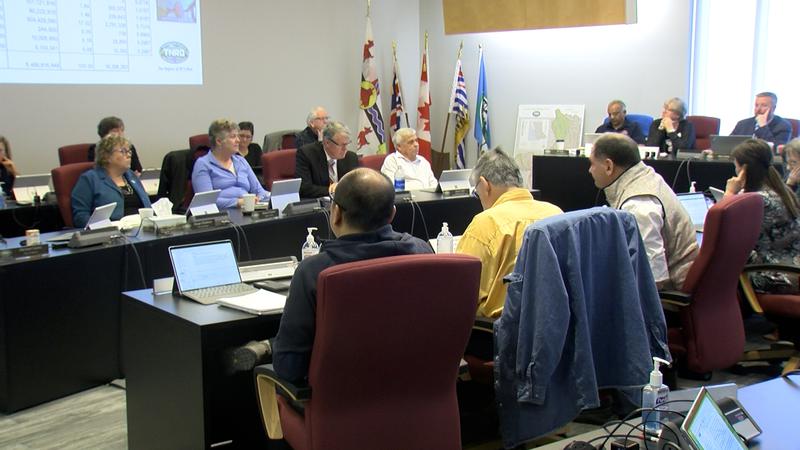
TNRD tax increase stems from growing operations costs and revenue challenges
KAMLOOPS — The Thompson Nicola Regional District has given the green light for this year’s budget, which will see an average of a 5.9 per cent tax increase overall.
However, the TNRD says growth in the higher-paying industrial and business categories will see the tax requisition spread across a larger base, which means many residential property owners will actually have a lower tax increase than 5.9 per cent, or even see a decrease in their tax bills.
Budget planning takes months and that work culminated this week as the TNRD Board of Directors adopted the 2025 budget plan to set the tax rates in the region.


